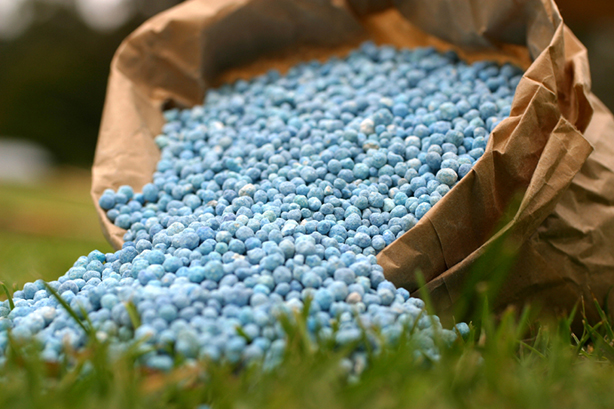
Pests, weeds, molds, fungi and all of the above are unwanted nuisances that no one wants near their home. While pesticides and fertilizers may sound like the best way to avoid or clear out these annoyances, consumers often forget the other half of the equation: disposal. If these dangerous chemicals are not disposed of properly, these actions could potentially harm to our environment, including people, pets, plants, air, soil and water. When using pesticides, here are a few of the dos and don’ts to protecting yourself and our environment:
The dos
- Make sure you have the right kind of chemical for the job. The purpose is to control the problem, therefore ready-to-use pesticides are the best. Any brands that require measuring or mixing are much more likely to spill on something that should not be contaminated.
- Figure out the amount of pesticide you need ahead of time. More does not necessarily mean better, and buying the amount you need will prevent you from storing or disposing the extra pesticide.
- Read all labels carefully and follow all instructions! There is a reason why they are on there, so follow through. Also, look for any recommendations from the manufacturer, such as wearing gloves.
- Make sure all containers have their original text and are legible to read for next use.
- Keep all containers tightly covered and out of reach for children or pets (preferably in a locked cabinet).
- Keep container according to temperature and humidity specifications on the label.
- Along with any tools that may be used for mixing or applying the chemical, mark the tools clearly to ensure they are not used for any other purpose.
- Use as much of the product if possible. Empty containers are much safer to clean and easier to dispose.
- Rinse the container at least three times and stand 25 feet away from your well to ensure none of the chemicals breach your water system.
- To ensure the container will not be used again by puncturing the container and disposing of it in the trash or recycling bin.
- To explore where you can bring your unwanted pesticides, visit our recycling location search engine to find a local household hazardous waste collection program.
The don’ts
- Aerosols may seem like the best option because they continuously disperse chemicals, but this makes it difficult to apply to the most affected area.
- Never spray pesticides in windy conditions; otherwise you may not spray the appropriate area or could even spray yourself.
- Never leave a pesticide unattended or use around other people.
- Do not eat, drink or smoke while handling pesticides to prevent ingesting these dangerous chemicals.
- Do not store pesticides near food, animal feed, seed or medical supplies.
- Do not store near heat sources or flammable materials.
- Keep away from potential flooding areas if possible; otherwise they could leak or spill into the drains.
- Do not pour pesticide chemicals down a drain or on the ground.
- Do not opt to reuse a chemical container.
- Do not puncture a pressurized container such as an aerosol can, as puncturing could cause the can to explode and you may injure yourself.
- Do not put pesticides in food or beverage containers.
With all of these safety and care instructions, one should think twice before opting to use a pesticide or fertilizer. When disposing of these materials, check with your local recycling system before tossing them in the trash. You might be surprised what you find out on how to handle this household waste.
 Pests, weeds, molds, fungi and all of the above are unwanted nuisances that no one wants near their home. While pesticides and fertilizers may sound like the best way to avoid or clear out these annoyances, consumers often forget the other half of the equation: disposal. If these dangerous chemicals are not disposed of properly, these actions could potentially harm to our environment, including people, pets, plants, air, soil and water. When using pesticides, here are a few of the dos and don’ts to protecting yourself and our environment:
Pests, weeds, molds, fungi and all of the above are unwanted nuisances that no one wants near their home. While pesticides and fertilizers may sound like the best way to avoid or clear out these annoyances, consumers often forget the other half of the equation: disposal. If these dangerous chemicals are not disposed of properly, these actions could potentially harm to our environment, including people, pets, plants, air, soil and water. When using pesticides, here are a few of the dos and don’ts to protecting yourself and our environment: